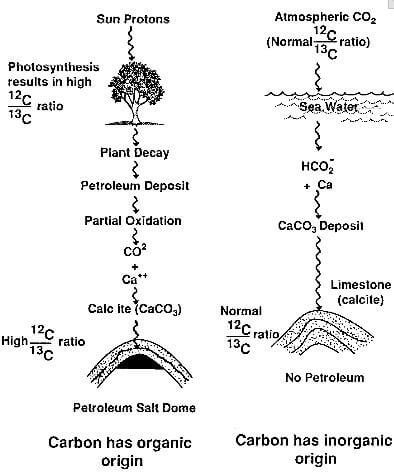
Yet individual PAH molecules are very hard to tell apart from one another, and researchers have never been able to determine which specific ones are out there. Astronomers have seen generic light patterns that suggest some kinds of PAHs abound in our galaxy and others.
#DON CARBON ORIGIN CRACKED#
But this stability also means they can hang out for extended periods in the harsh environment of space, only occasionally being cracked open by extremely high–energy photons. The reason they are so bad for our health is because they are hard to break apart-their central carbon ring is extremely stable and resistant to reactions, making them difficult for our bodies to degrade.

These molecules are carcinogenic and commonly found on Earth in car exhaust and smokestack emissions.

If PAHs hold the ingredients for the seeds of life, they are also its enemy. allows us to start looking in the right places.” We have this hypothesis about where the carbon is tied up, but we’ve had no way to confirm it. “We need carbon to make planets, to make life, to do interesting chemistry. Eventually, do those PAHs find their way into the protoplanetary disks around stars that form planets and asteroids? “This is the first step in starting to unlock those questions,” says Ryan Fortenberry, an astrochemist at Georgia Southern University who was not part of the study. But when stars die and eject their materials into space, what happens to it? Scientists think the largest fraction-between 10 to 20 percent-becomes PAHs, which can form whenever a warm carbon-containing gas cools down.

The element starts out in the cores of stars, where it is a product of nuclear fusion. The study may be a step toward explaining where planets like Earth got their carbon. Understanding where these molecules come from and understanding what role they play in the inventory of space is a key goal of astronomy.” The findings were published today in Science and presented at a meeting of the American Astronomical Society in Washington, D.C. “Then you can grow to bigger and bigger species. “This study shows you have the first steps of PAHs, these first rings of benzene,” says Xander Tielens, an astrochemist at Leiden University in the Netherlands who was not involved in the research. This new observation is the closest they have come. Scientists think PAHs are incredibly common in the universe, yet astronomers have not identified a single such molecule in space. The heart of benzonitrile is a six-carbon hexagon called benzene-a structure that puts the compound in the “aromatic” class of molecules and makes benzonitrile a building block for a group called polycyclic aromatic hydrocarbons (PAHs), which contain lots of carbon hexagons. Researchers using the Green Bank Telescope in West Virginia identified signatures of the molecule benzonitrile (C6H5CN) in a mass of gas and dust called the Taurus Molecular Cloud 1, which lies 430 light-years from Earth. Scientists don’t know how carbon first appeared on our planet, but now astronomers have discovered a special molecule in space that could help trace this essential element back to its source. The simple element is considered the backbone of life, and is also abundant in Earth’s rocks, atmosphere and oceans. Some 18 percent of the human body’s weight is carbon.


 0 kommentar(er)
0 kommentar(er)
